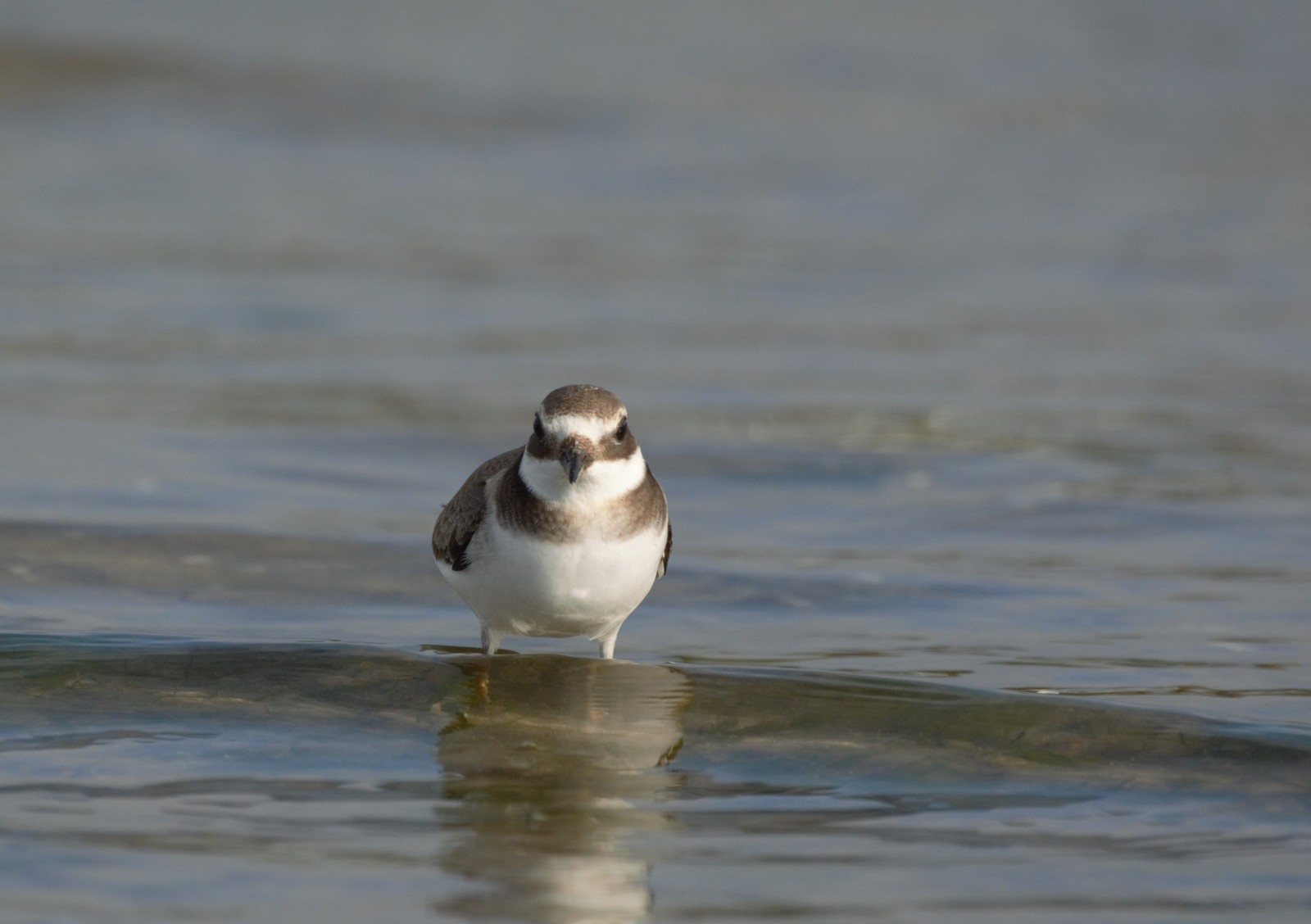Description
The mouth of the Scolmatore d'Arno is together with the mouth of the Serchio river, one of the main hotspots for observing sea birds in Tuscany and is one of the most important areas for gulls and terns not only in Tuscany, but also throughout the national territory. In Spring and Summer, the mouth of the river features hundreds of terns: rybár malý, rybár riečny, rybár sivý, with smaller numbers: čorík bielokrídly, čorík čierny, , čegrava veľkozobá. Very rare species for Italy have been sighted such as: rybár dlhochvostý, rybár prostredný, rybár štíhlozobý. Among the seagulls as well as the čajka žltonohá and the čajka smejivá there are also regularly čajka tenkozobá, čajka čiernohlavá (sometimes even with large numbers, even 500 individuals), čajka malá. Rare sightings include čajka vidlochvostá, čajka bledá, čajka tmavá, čajka orlia. During spring and autumn migration, beaches can attract different species of waders such as: pobrežník hrdzavý, pobrežník čiernozobý, kulík piesočný, lastúrničiar strakatý, kalužiak červenonohý, kulík bledý, kalužiačik malý. Here too there is no lack of rarer observations such as the brodník sivý. Naturally the presence of the species is strongly correlated to the water level. In winter, the sea is the territory of the potápka chochlatá, kormorán veľký, potápka čiernokrká and sometimes the rare potápka červenokrká. At least 150 bird species have been observed in this area, the best time is during migration (April-May or September-October). In winter the area is less interesting. The wet areas and the Mediterranean scrub can attract interesting passerines such as penica Moltoniho, penica obyčajná, sedmihlások hájový. The trsteniarik bahenný, cetia západná, sliepočka vodná nest inside the reeds.
_________________________
Italiano: Foce di un fiume con spiaggette che si vengono a creare durante le maree che attirano limicoli e laridi. Luogo rinomato per la presenza di specie rare. La foce dello Scolmatore d'Arno è assieme alla foce del fiume Serchio, uno dei principali hotspot per osservare gli uccelli marini in Toscana ed è una delle aree più importanti per i laridi non solo in Toscana, ma anche su tutto il territorio nazionale. In Primavera ed in Estate la foce del fiume ha come protagonisti centinaia di sterne: rybár malý rybár riečny rybár sivý, con numeri minori: čorík bielokrídly čorík čierny čorík bahenný čegrava veľkozobá . Sono state avvistate specie molto rare in Italia come: rybár dlhochvostý rybár prostredný rybár štíhlozobý. Fra i gabbiani oltre che al čajka žltonoháed il čajka smejivá sono presenti pure regolarmente čajka tenkozobá , čajka čiernohlavá (talvolta anche con grandi numeri, anche 500 individui), čajka malá. Avvistamenti rari comprendono čajka vidlochvostá , čajka bledá , čajka tmavá čajka orlia . Durante la migrazione primaverile ed autunnale le spiagge possono attirare diverse specie di limicoli quali: pobrežník hrdzavý pobrežník čiernozobý kulík piesočný lastúrničiar strakatý kalužiak červenonohý kulík bledý kalužiačik malý . Anche qua non mancano osservazioni più rare come il brodník sivý . Naturalmente la presenza delle specie è fortemente correlata al livello dell'acqua. Di inverno, il mare è territorio dello potápka chochlatá kormorán veľký potápka čiernokrká ed a volte il raro potápka červenokrká . Sono state osservate in quest'area almeno 150 specie di uccelli, il periodo migliore è durante le migrazioni (aprile-maggio) o settembre-ottobre. Il peggior periodo è quello invernale. Le aree umide se presenti e la macchia mediterranea possono attirare passeriformi interessanti come penica Moltoniho penica obyčajná sedmihlások hájový . All'interno del canneto nidifica la trsteniarik bahenný cetia západná sliepočka vodná . Fra i mammiferi si segnala la presenza della Nutria e del coniglio selvatico.
Details
Access
You can arrive by car or motorbike. You park your car in front of Bagno la Rondine and there are two views. One towards the sea, another behind the sea going inland.
_________________________
Italiano: Si arriva in macchina o in motorino. Si parcheggia la macchina davanti al Bagno la Rondine e ci sono due affacci. Uno verso il mare, un altro alle spalle del mare andando verso l'entroterra.


